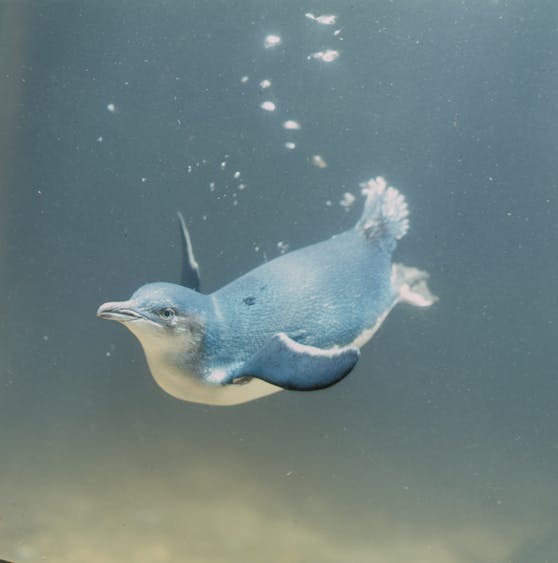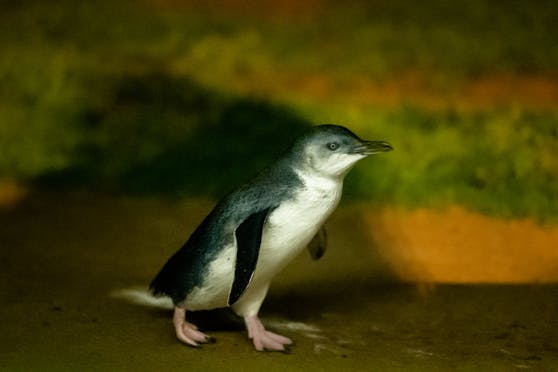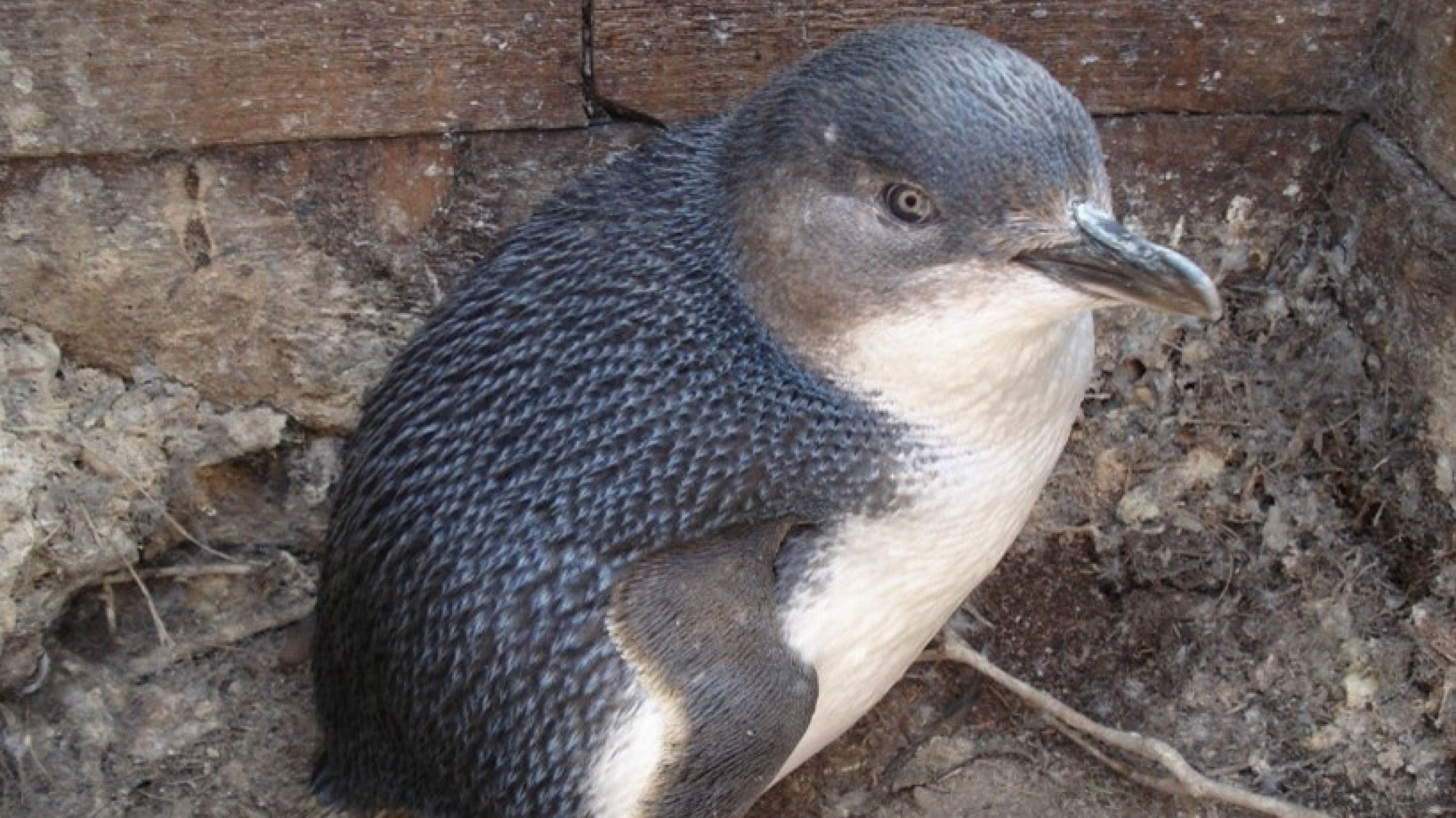Celebrating World Penguin Day
Our wonderful corporate partners at Penguin Random House books have shared Top Ten Penguin facts in honour of World Penguin Day.
10 fun facts about Little Penguins
In celebration of World Penguin Day 2023, check out these 10 fun facts about a native Australian penguin species, the little penguin.
April 25th marks World Penguin Day, a day dedicated to raising awareness about penguins.
While you have probably already realised that penguins make an appearance on our book covers and branding in the form of the Penguin Books logo, you might not know quite as much about the actual animals.

In addition to being cute, penguins also play an important role in our ecosystems. Read on to learn more about a native penguin species, the Little Penguin.
LITTLE PENGUIN FUN FACTS
- Penguins begin their annual northern migration around March and April each year. World Penguin Day was specifically chosen to land on April 25th to align with their migration, making it the perfect day to raise awareness about this special species. While many penguins migrate, not all of them do. Little penguins remain at their colonies year-round.
- Little penguins are the smallest penguin species, averaging only 30 centimetres tall and weighing just about 1 kilogram when fully-grown.
- Little penguins aren’t picky about sleeping arrangements. They’re quite happy to sleep out at sea and can even sleep while floating on the water. That’s not to say that they sleep eight hours a night as we do though. They typically sleep for just about four minutes at a time.
- You may have heard that penguins mate for life, but that’s not the case with little penguins! While they are socially monogamous within a breeding season, both male and female penguins are sexually promiscuous and visit other penguins. At the end of the breeding season, the divorce rate is roughly 18-50% depending on the success of the breeding.
- Little penguins can use the toilet without leaving the house. They have the highest velocity poo of all animals, projecting it up to 50 centimetres! This allows them to stay in their burrows to avoid predators, keeping them safe and their homes clean.
- Little penguins arrive on land just after sunset in groups called rafts. They can stay out to sea for up to four weeks at a time, so it would be a bummer to be caught by a predator upon returning to land. By waiting until after sunset, the penguins can avoid natural predators who fall asleep at night.
- There are an estimated 40,000 adult little penguins on Phillip Island (Millowl).
- Most little penguins live in the same burrow for their entire lives, which they dig just below the surface of the ground.
- Penguins love food! Not only do they spend their days out at sea searching for food, but they’re also generalist eaters. This means they’ll try anything that will fit in their beaks including anchovies, pilchard, bits of jellyfish and squid.
- On average penguins live to only about seven years old but can live to be much longer. Once a penguin reaches breeding age (two to three years old), it will likely live into its teens and sometimes beyond.

If you love penguins as much as we do, we recommend checking out the Penguin Foundation, a not-for-profit organisation that raises funds to protect and enhance Phillip Island’s natural environment through research, conservation and education programs carried out by Phillip Island Nature Parks. We’re so proud to partner with them – learn more here.

